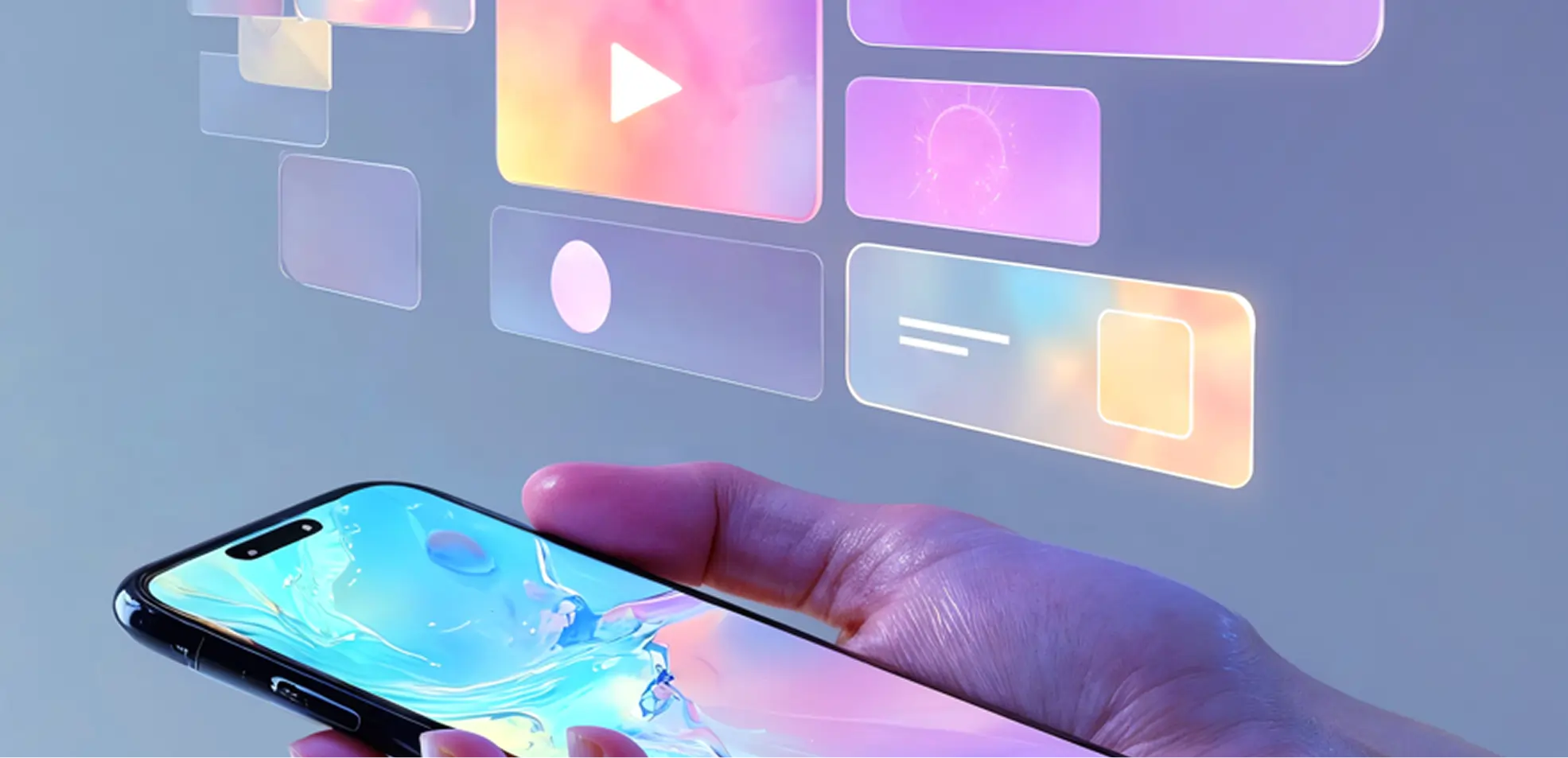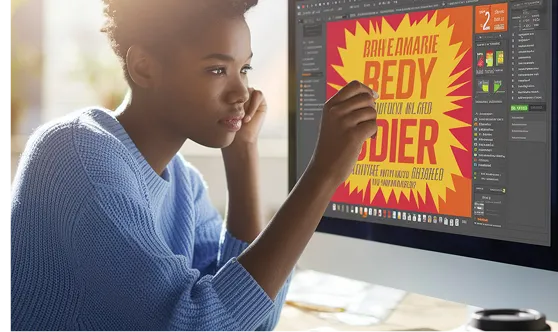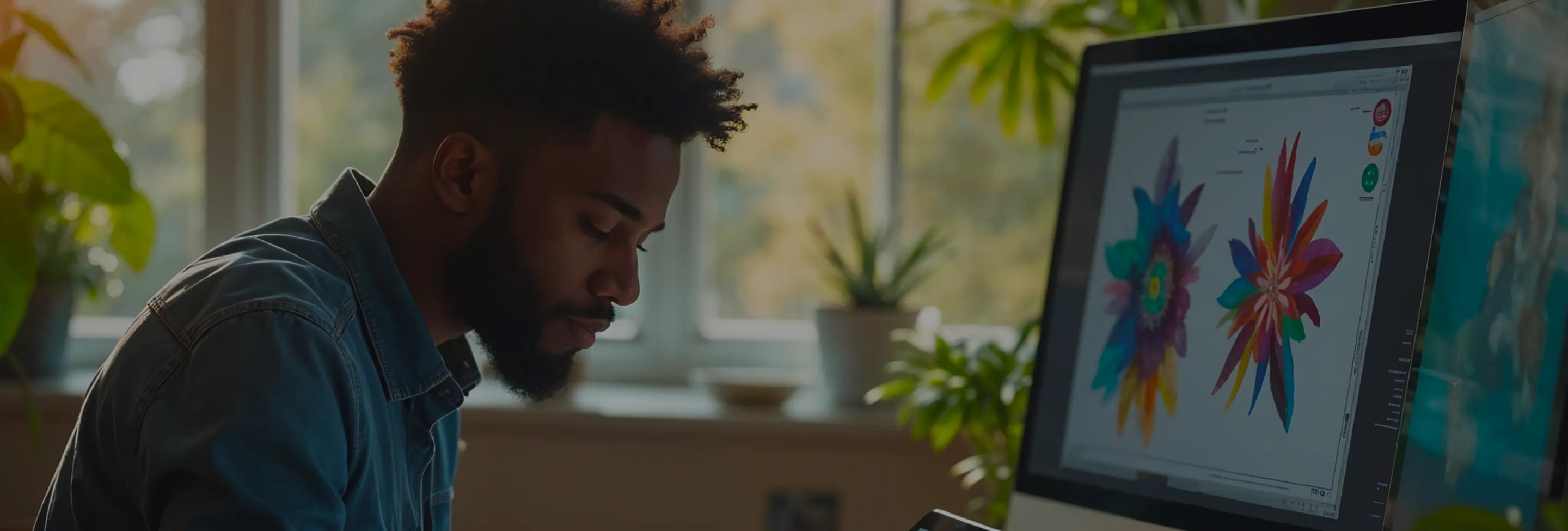
In an era where digital marketing dominates, our analysis of over 1,200 campaign performances reveals that traditional flyer designs still outperform digital ads in local engagement by 35%. This counterintuitive finding challenges the prevailing notion that digital has wholly eclipsed print, highlighting untapped potential in well-crafted physical marketing materials.
Flyer design has long been a staple in marketing strategies, serving as a tangible touchpoint between businesses and their audiences. Despite the surge in digital advertising, flyers remain a cost-effective tool for local businesses to promote events, sales, and services. Recent industry reports indicate a steady demand for print marketing, particularly among small to medium-sized enterprises (SMEs) seeking to establish a local presence.
The common belief is that digital marketing is superior due to its scalability and measurable metrics. However, our research demonstrates that print flyers foster a deeper emotional connection and higher retention rates. While digital ads can be fleeting, a well-designed flyer offers a lasting physical presence that consumers can refer back to, increasing the likelihood of engagement.
To maximize the effectiveness of flyer design, we propose a hybrid framework that integrates traditional print techniques with digital innovations. This approach leverages the tactile advantages of physical flyers while incorporating interactive elements such as QR codes and augmented reality (AR) features. By doing so, businesses can bridge the gap between offline and online marketing, creating a seamless customer experience.
Studies show that integrated marketing approaches yield higher ROI compared to singular focus strategies. For instance, campaigns combining print and digital elements report a 20% increase in customer engagement. Additionally, advancements in printing technology have enhanced the quality and versatility of flyers, making them more appealing and effective in capturing attention.
Critics may argue that digital marketing offers superior analytics and wider reach. While it's true that digital campaigns provide detailed metrics, the qualitative impact of physical flyers—such as brand recall and local presence—complements digital efforts. By adopting a hybrid approach, businesses can harness the strengths of both mediums, leading to more comprehensive and effective marketing strategies.
Flyer design, when approached strategically, remains a potent tool in the marketer's arsenal. By challenging the digital-only paradigm and embracing a hybrid framework, businesses can enhance local engagement, build stronger customer relationships, and achieve sustained growth. As the marketing landscape continues to evolve, integrating traditional and digital design principles will be key to unlocking the full potential of flyer campaigns.
Key Takeaways:
Supporting Visuals:
By reimagining flyer design through an industry insights lens, marketers can navigate beyond conventional practices and pioneer innovative strategies that resonate in today's dynamic marketplace.




Subscribe to our newsletter to receive $100 off your first month of Tapflare's flat rate unlimited design and development service. Your coupon code will be sent to your email.